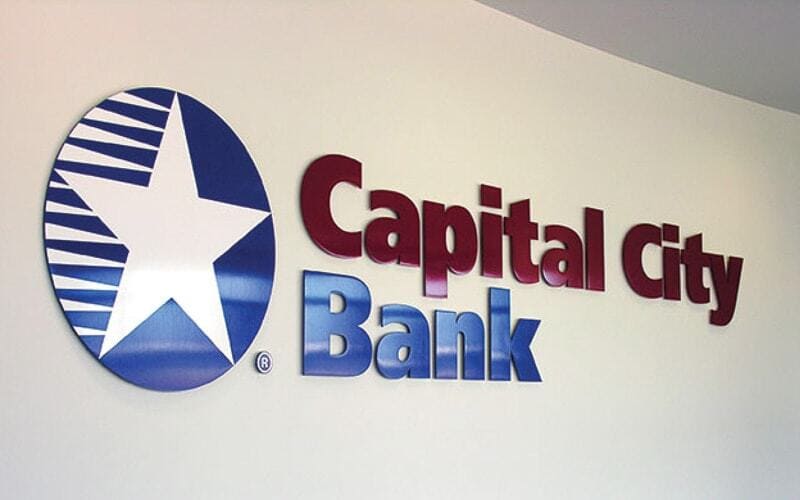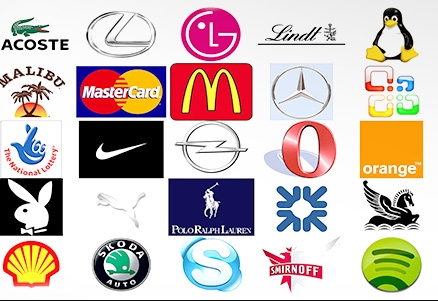Creating effective signage is essential for businesses to attract customers and convey important information. However, many common mistakes can undermine the effectiveness of your signs. In this article, we will explore the top sign mistakes and how to avoid them, ensuring your signs are clear, attractive, and effective.
Lack of Color Contrast
Why Color Contrast Matters
Color contrast is crucial for readability and visibility. Signs with poor color contrast can be difficult to read, especially from a distance or in low light conditions.
How to Achieve Proper Color Contrast
To ensure your sign is readable, use contrasting colors for the background and text. For example, light-colored text on a dark background or dark-colored text on a light background works well. Tools like color contrast checkers can help you determine if your color choices are effective.
Examples of Effective Color Contrast
- White text on a dark blue background
- Black text on a yellow background
- Red text on a white background
Using the Wrong Font
The Impact of Font Choice
The font you choose for your sign can greatly affect its readability and the impression it gives. Fonts that are too ornate or hard to read can make your sign ineffective.
Tips for Choosing the Right Font
- Legibility: Choose a font that is easy to read from a distance.
- Simplicity: Avoid overly decorative fonts that can be hard to decipher.
- Consistency: Use the same font throughout your signage to maintain a cohesive look.
Recommended Fonts for Signage
- Helvetica: Simple and highly readable
- Arial: Clean and modern
- Verdana: Designed for maximum readability
Copy Height Too Small
Importance of Proper Copy Height
The height of the text on your sign is crucial for visibility. Text that is too small can be difficult to read, especially from a distance.
Guidelines for Text Size
- Viewing Distance: As a rule of thumb, for every 10 feet of viewing distance, the text should be at least 1 inch tall.
- Sign Location: Consider where the sign will be placed and the typical distance from which it will be viewed.
Examples of Proper Text Size
- A sign meant to be read from 30 feet away should have text at least 3 inches tall.
- For closer viewing, such as in-store signs, text can be smaller but should still be easily readable.
Putting the Sign in the Wrong Place
Sign Placement and Its Effectiveness
Even a well-designed sign will fail if it is not placed in a visible location. Poor placement can render your sign useless.
Tips for Optimal Sign Placement
- Visibility: Ensure the sign is in a location where it can be easily seen by your target audience.
- Height: Place the sign at eye level for maximum impact.
- Surroundings: Consider any obstructions, such as trees or buildings, that could block the view of your sign.
Common Mistakes in Sign Placement
- Placing signs too high or too low
- Obstructing signs with other objects
- Ignoring traffic flow patterns
Picking the Wrong Colors
The Role of Color in Signage
Colors play a significant role in attracting attention and conveying your brand message. Choosing the wrong colors can make your sign less effective.
Tips for Choosing the Right Colors
- Brand Alignment: Use colors that align with your brand identity.
- Visibility: Choose colors that stand out against the background where the sign will be placed.
- Psychological Impact: Consider the psychological effects of colors (e.g., blue for trust, red for urgency).
Examples of Effective Color Use
- A fast-food restaurant might use red and yellow to convey excitement and hunger.
- A financial institution might use blue to convey trust and stability.
Too Many Signs
The Problem with Sign Overload
Having too many signs can create visual clutter and overwhelm your audience. It can also dilute your message and make individual signs less effective.
Strategies to Avoid Sign Overload
- Prioritize: Focus on the most important messages you need to convey.
- Consolidate: Combine multiple messages into a single, clear sign when possible.
- Simplify: Remove any unnecessary information that can distract from your main message.
Benefits of Streamlined Signage
- Clearer communication
- Enhanced visibility for each sign
- Improved customer experience
Too Many Listings on a Sign
The Dangers of Information Overload
Cramming too much information onto a single sign can overwhelm viewers and reduce readability. Simplicity is key to effective communication.
Tips for Streamlining Your Sign Content
- Focus on Key Messages: Only include the most important information.
- Use Bullet Points: Break information into easily digestible chunks.
- Be Concise: Use short, clear phrases instead of long sentences.
Examples of Streamlined Signage
- A menu board with only the top-selling items prominently displayed
- A directional sign with clear, simple instructions
Not Having a Designated Person in Charge of Signs
Importance of Signage Management
Without a designated person responsible for your signs, they can become outdated, damaged, or inconsistent with your brand.
Steps to Effective Sign Management
- Assign Responsibility: Designate a specific person or team to oversee signage.
- Regular Inspections: Conduct regular checks to ensure signs are in good condition.
- Consistency Checks: Ensure all signs align with your brand standards.
Benefits of Having a Signage Manager
- Maintains the quality and consistency of your signs
- Ensures signs are up-to-date and relevant
- Enhances overall brand presentation
Ignoring Local Regulations
The Importance of Compliance
Failing to comply with local signage regulations can lead to fines, legal issues, and the removal of your sign.
Tips for Ensuring Compliance
- Research Regulations: Understand the signage laws in your area.
- Permits: Obtain any necessary permits before installing your sign.
- Consult Professionals: Work with signage experts who are familiar with local regulations.
Examples of Non-Compliance Issues
- Signs that are too large or obstructive
- Use of prohibited materials
- Placement in restricted areas
Poor Material Choices
The Impact of Material Quality
The materials used for your sign affect its durability, appearance, and effectiveness. Poor material choices can lead to signs that wear out quickly or look unprofessional.
Tips for Choosing the Right Materials
- Durability: Choose materials that can withstand weather conditions and wear.
- Aesthetics: Select materials that enhance the visual appeal of your sign.
- Maintenance: Consider materials that are easy to clean and maintain.
Recommended Materials
- Aluminum for its durability and sleek look
- Acrylic for a modern and clean appearance
- Vinyl for cost-effective and versatile options
Neglecting Illumination
The Role of Lighting in Signage
Proper illumination ensures your sign is visible at all times, especially at night or in low-light conditions. Neglecting lighting can render your sign ineffective during these times.
Tips for Effective Sign Lighting
- Type of Lighting: Choose between internal and external lighting based on your sign’s design.
- Brightness: Ensure the lighting is bright enough to make the sign readable but not so bright that it causes glare.
- Energy Efficiency: Use energy-efficient lighting options like LEDs to save on costs.
Examples of Effective Lighting
- Backlit signs for a professional and sleek appearance
- External spotlights for large signs
- LED lighting for energy efficiency and brightness
Inconsistent Branding
The Importance of Brand Consistency
Your sign should be an extension of your brand. Inconsistent branding can confuse customers and weaken your brand identity.
Tips for Maintaining Brand Consistency
- Color Scheme: Use your brand’s colors consistently across all signs.
- Logo: Ensure your logo is correctly displayed and proportionate.
- Font and Style: Use the same fonts and design elements across all signage.
Benefits of Consistent Branding
- Reinforces brand identity
- Builds customer trust and recognition
- Creates a cohesive and professional appearance
Overlooking the Target Audience
Understanding Your Audience
Signs should be designed with your target audience in mind. Ignoring the preferences and needs of your audience can result in ineffective signage.
Tips for Audience-Focused Signage
- Demographics: Consider the age, interests, and behaviors of your audience.
- Language: Use language that resonates with your audience and is easy to understand.
- Design Elements: Incorporate design elements that appeal to your target market.
Examples of Audience-Focused Signage
- Youth-oriented businesses using vibrant colors and modern fonts
- Luxury brands using elegant fonts and high-quality materials
- Family-friendly venues using playful designs and clear, simple text
Çözüm
Effective signage is a powerful tool for attracting customers and conveying important information. By avoiding common mistakes such as lack of color contrast, using the wrong font, and improper sign placement, you can ensure your signs are clear, attractive, and effective. Regular maintenance and management of your signs will also help maintain their impact and align them with your brand identity. Use these tips to create signage that stands out and successfully communicates your message to your audience.







Yorum Bırak